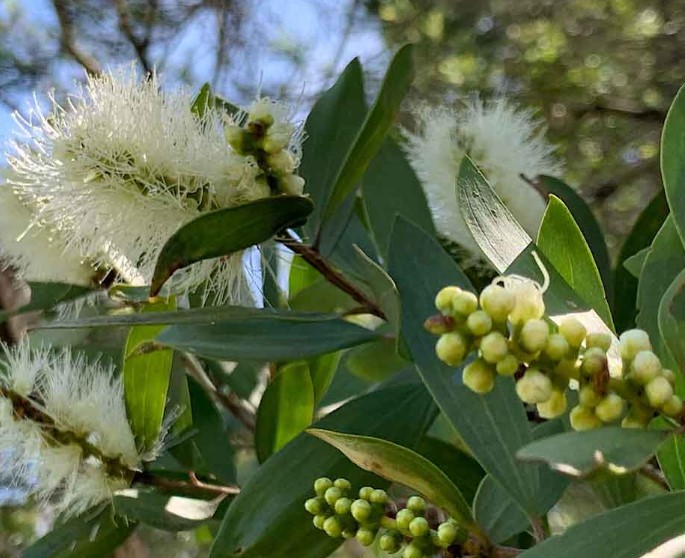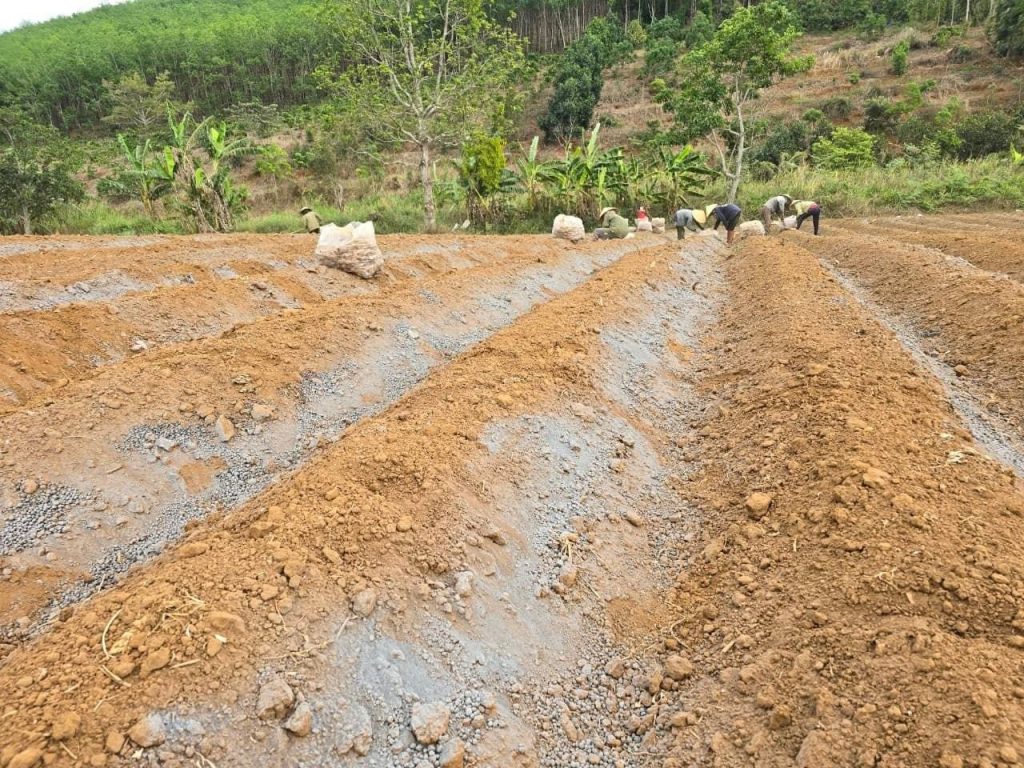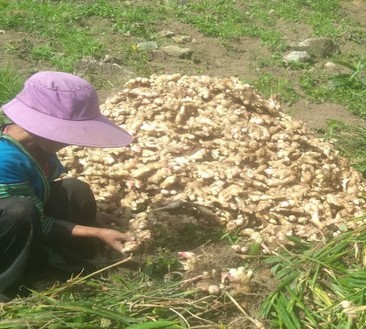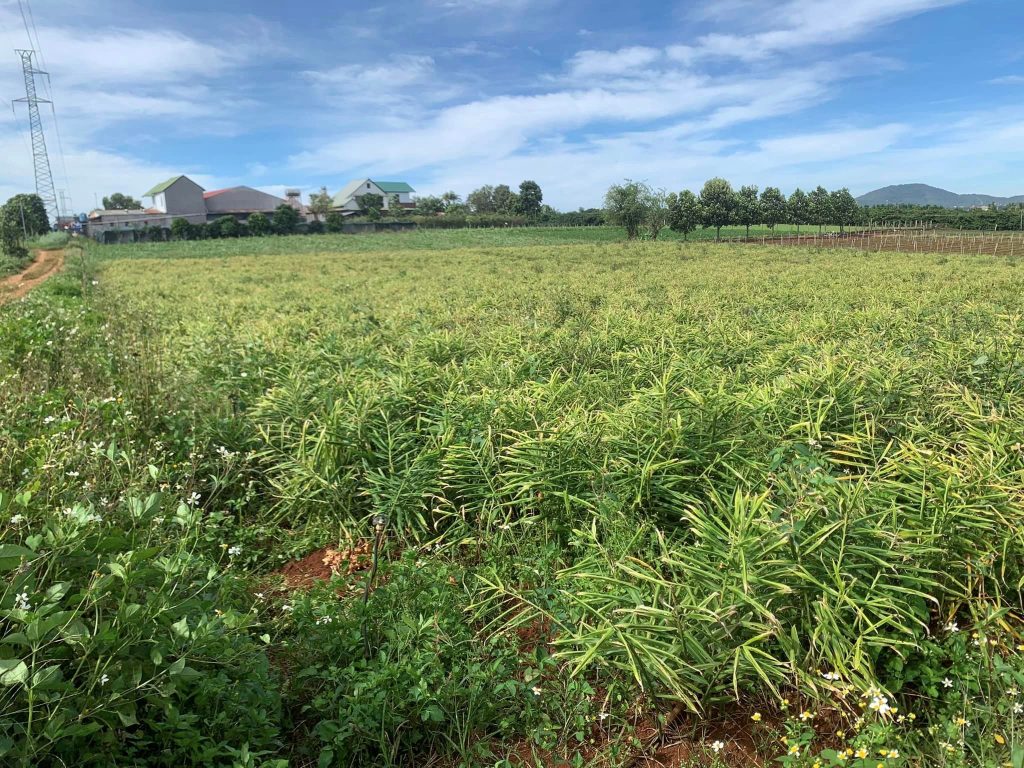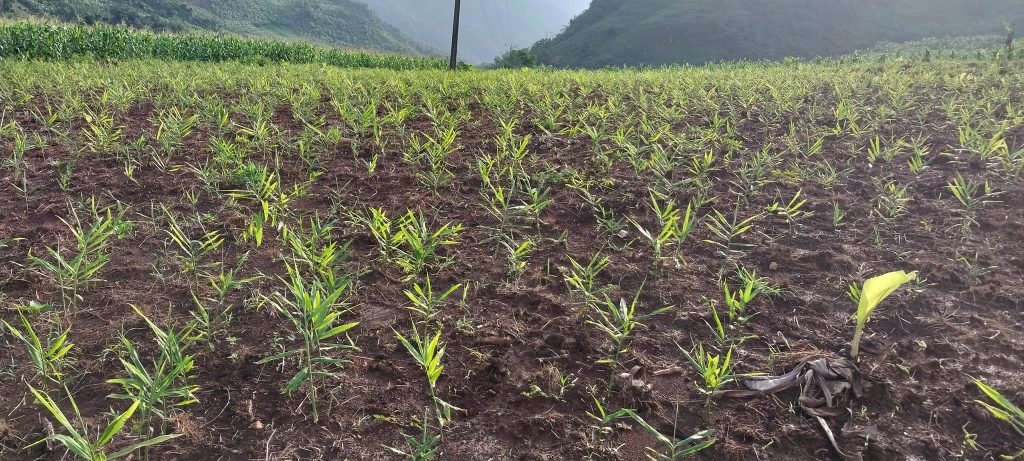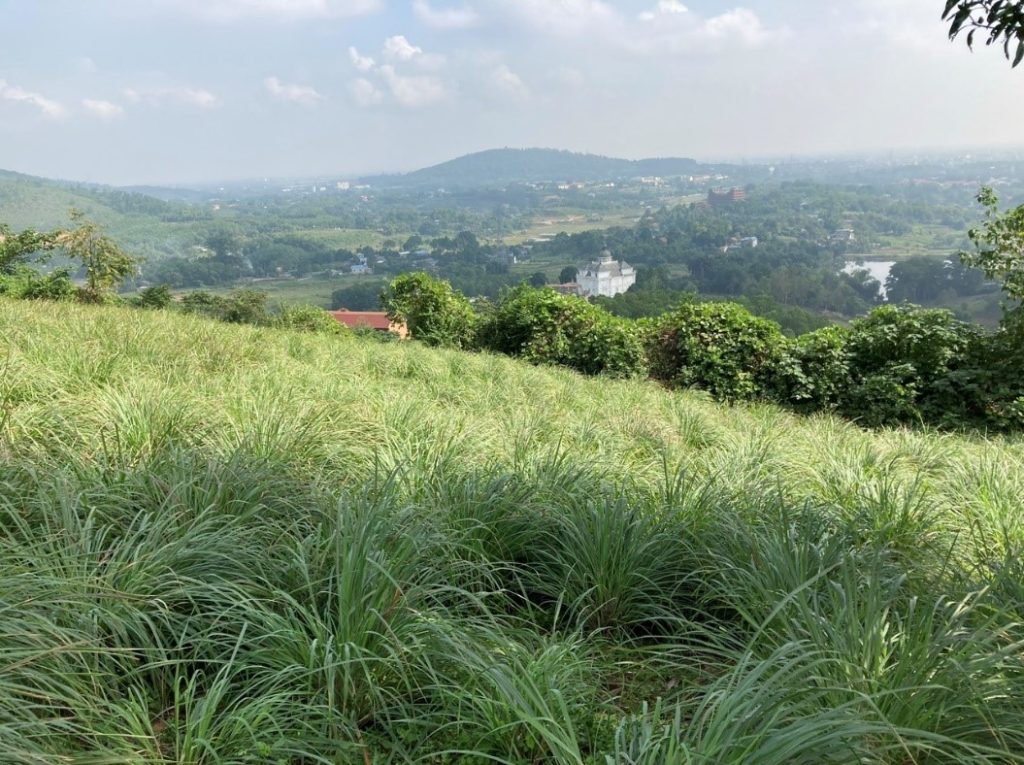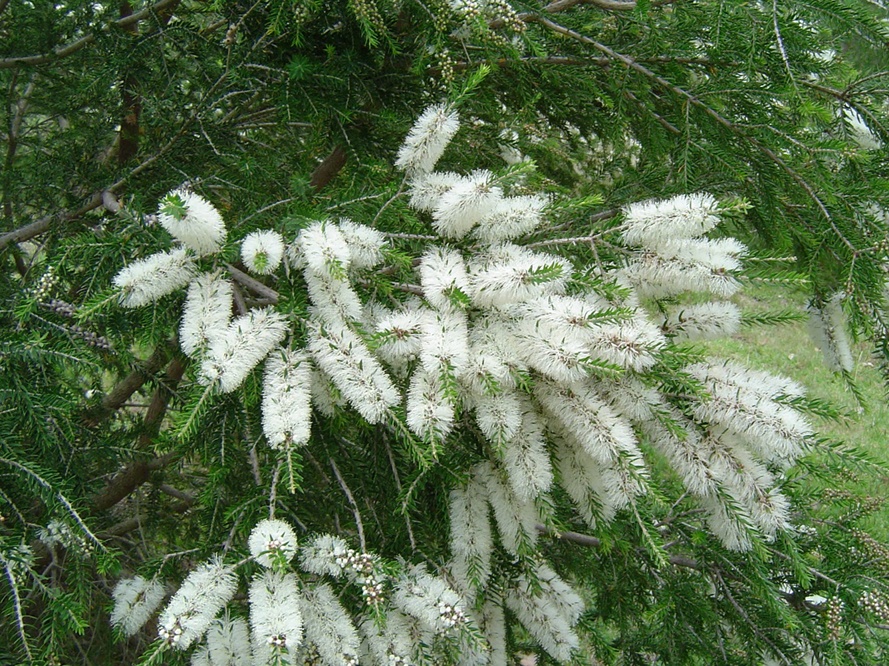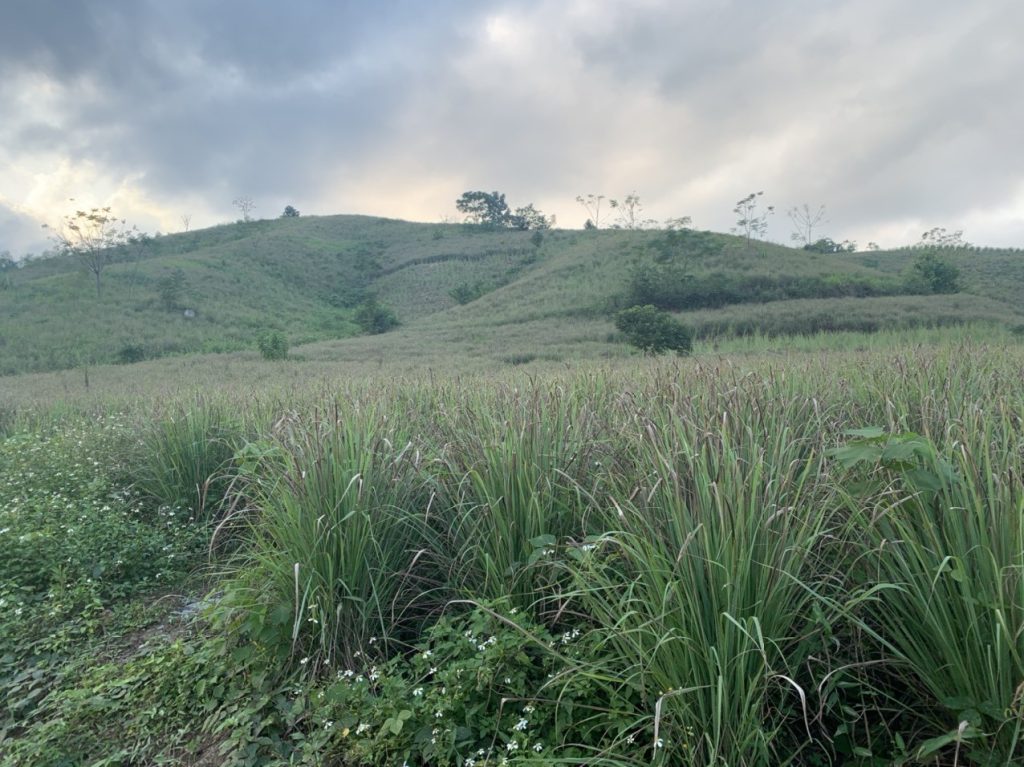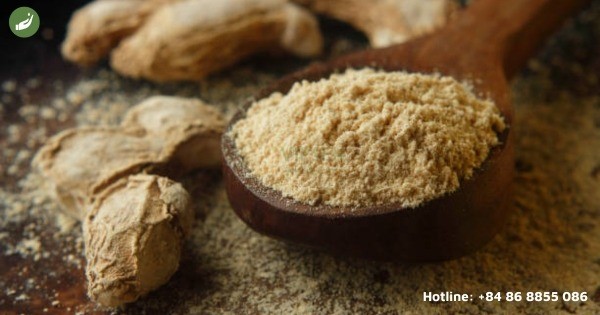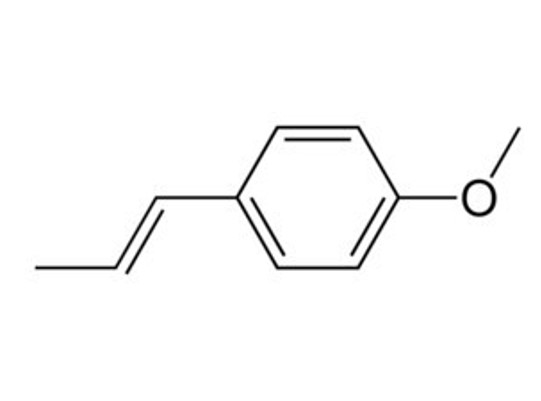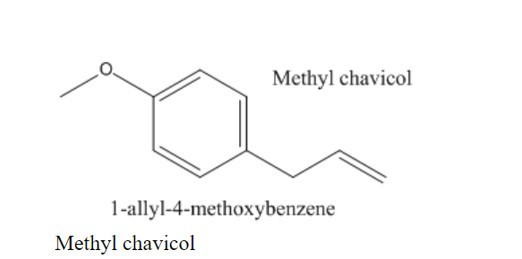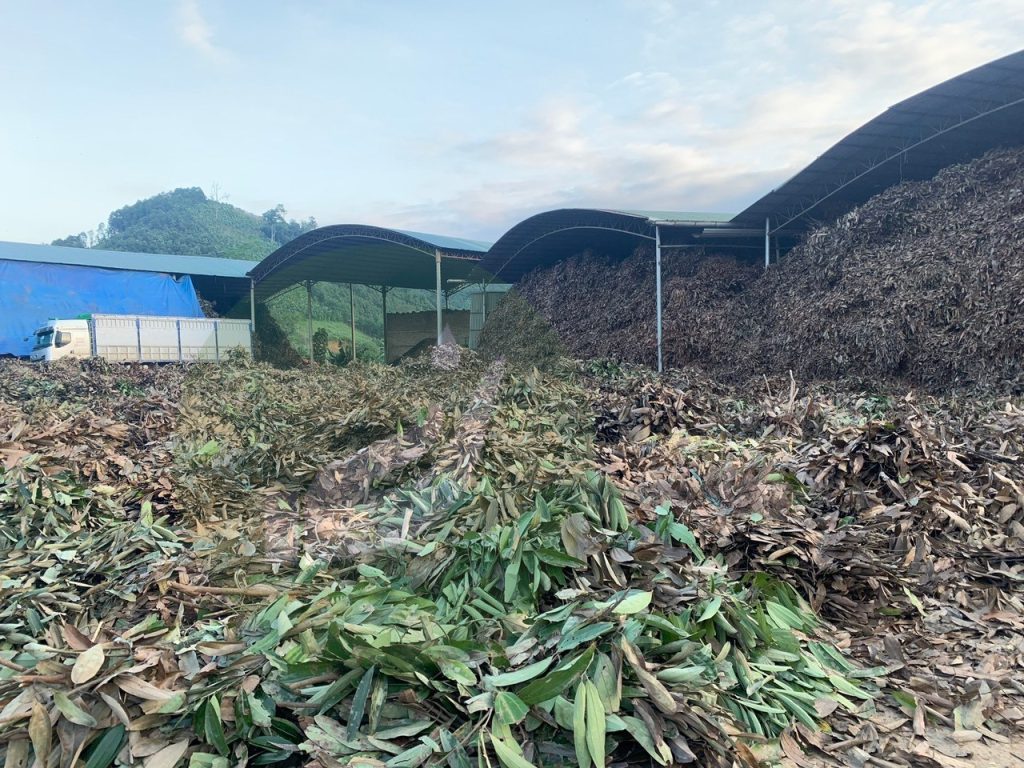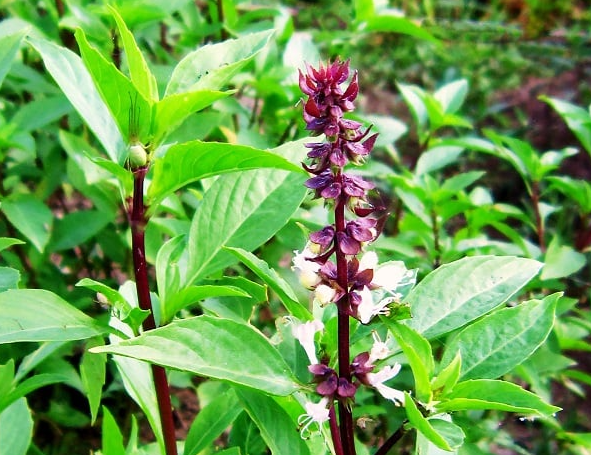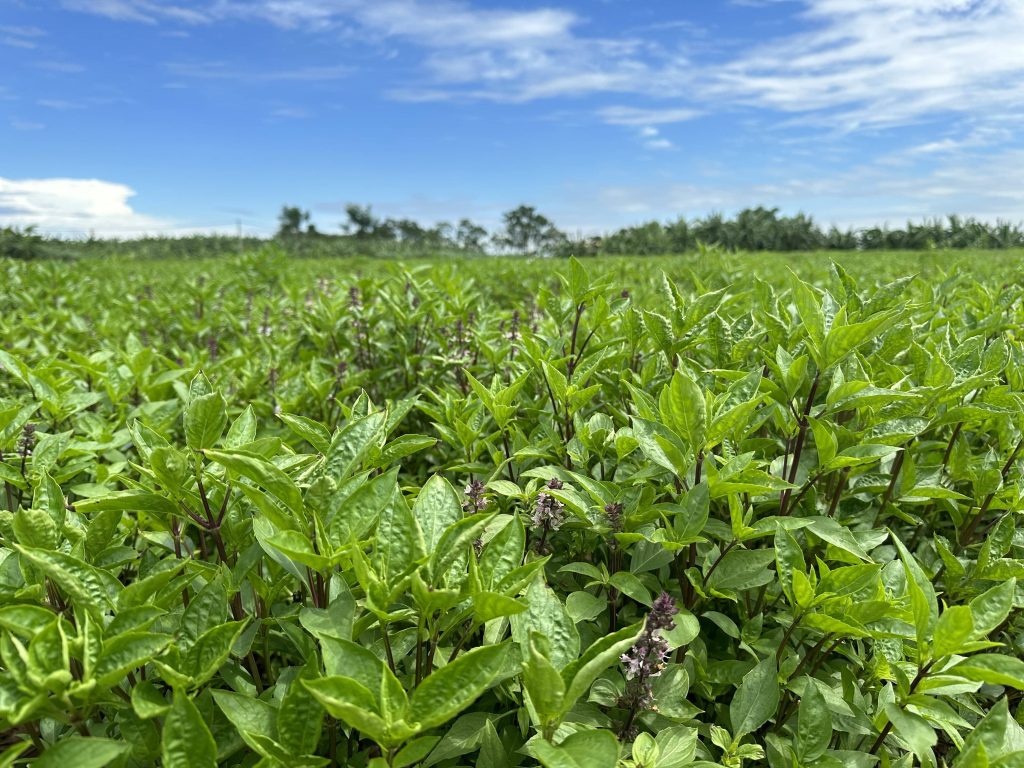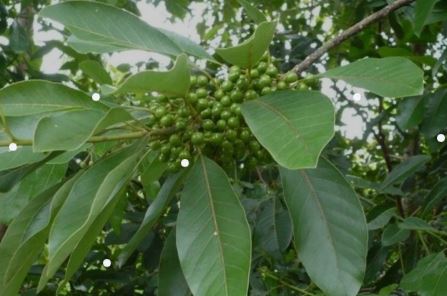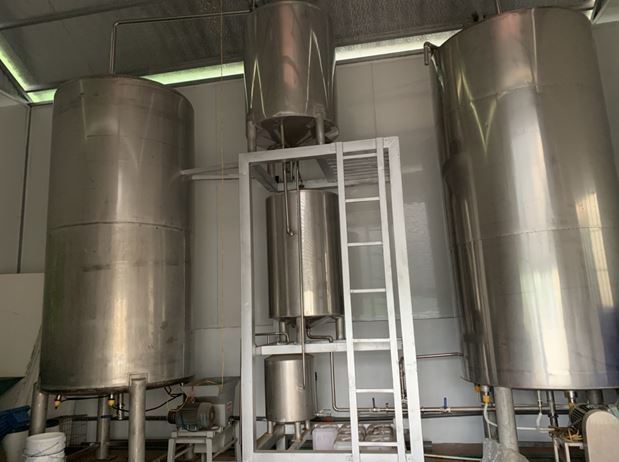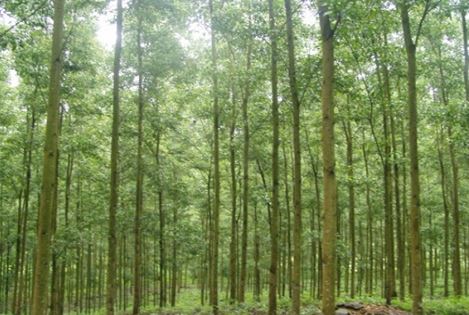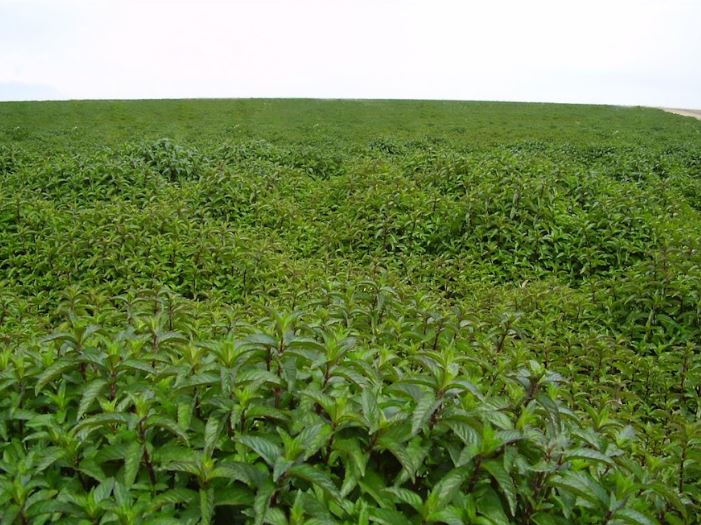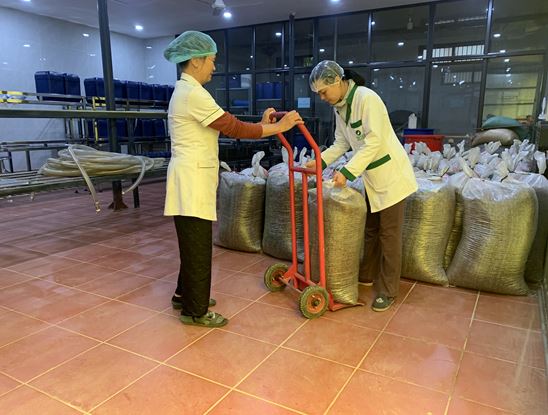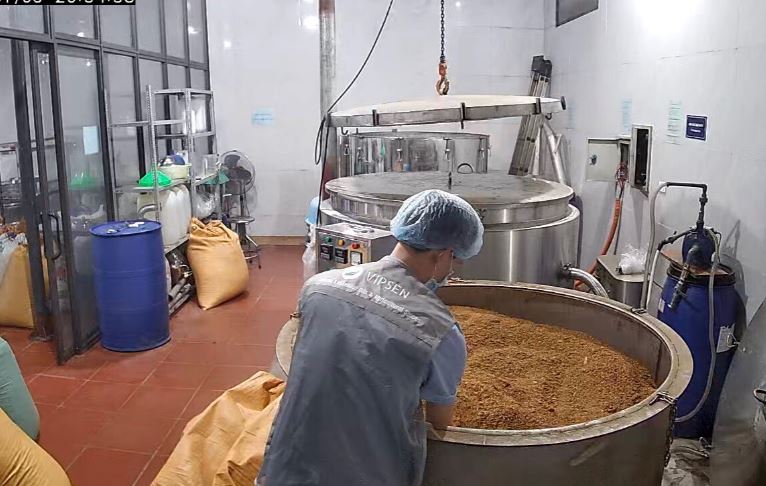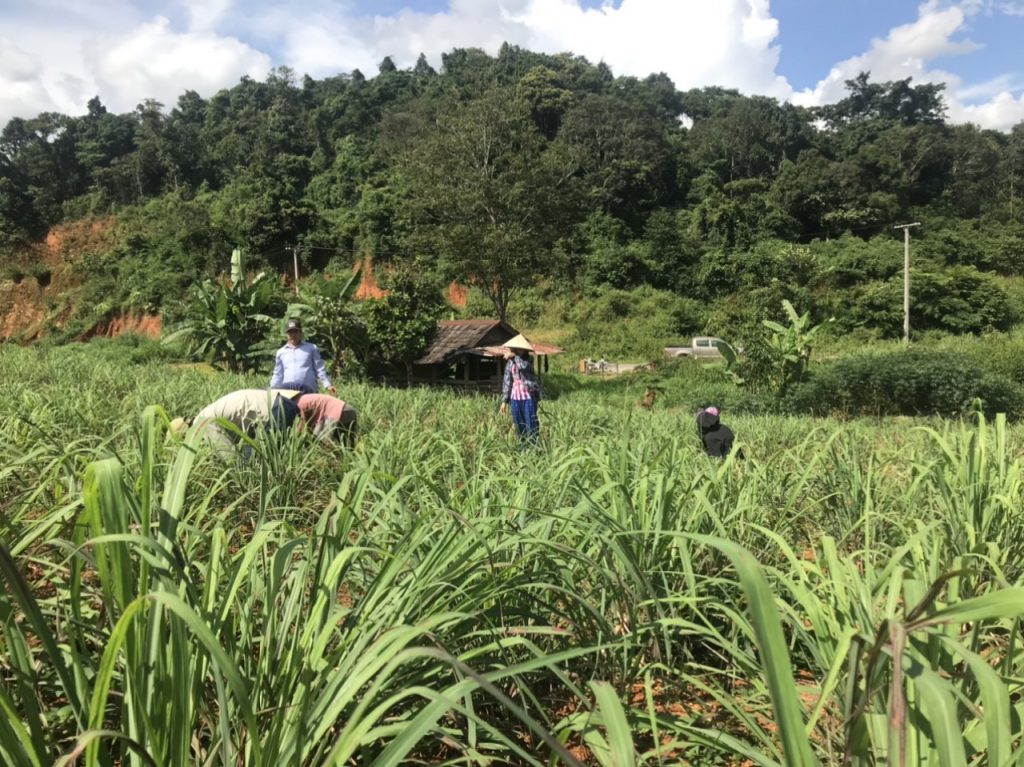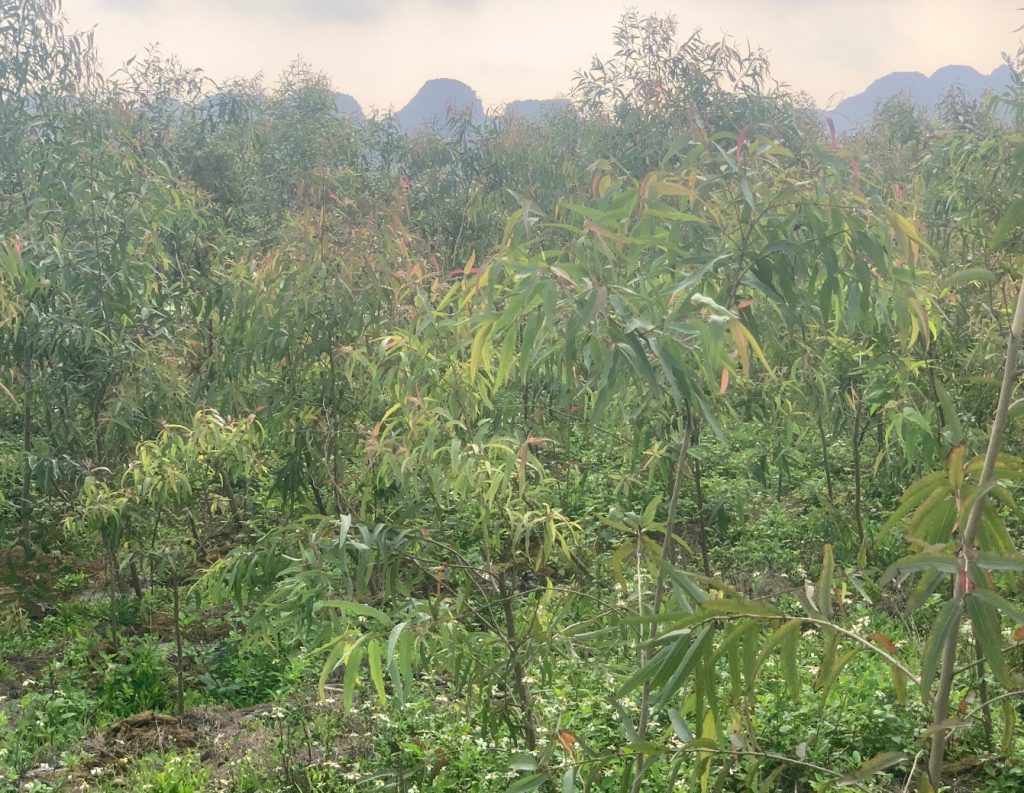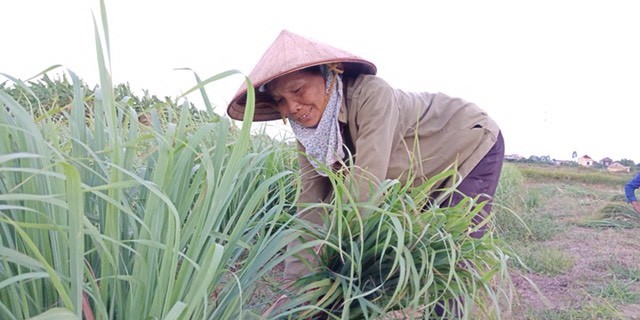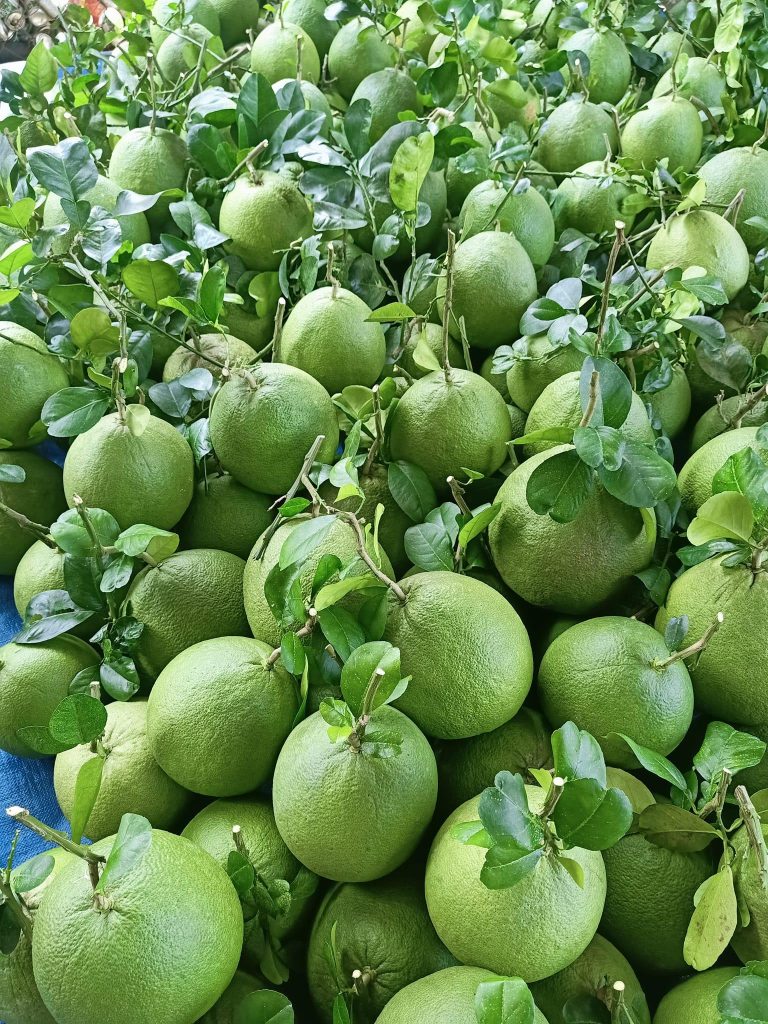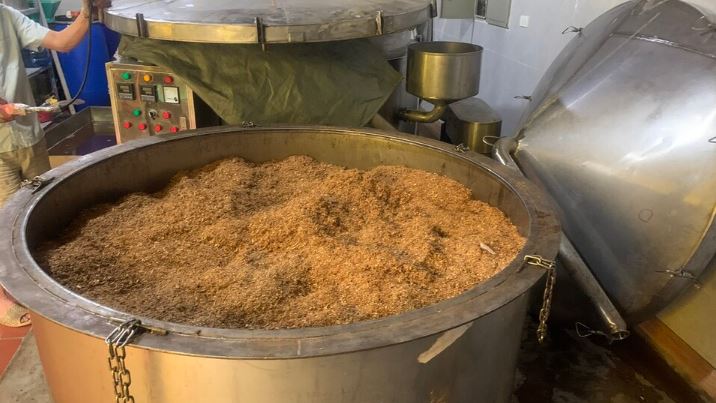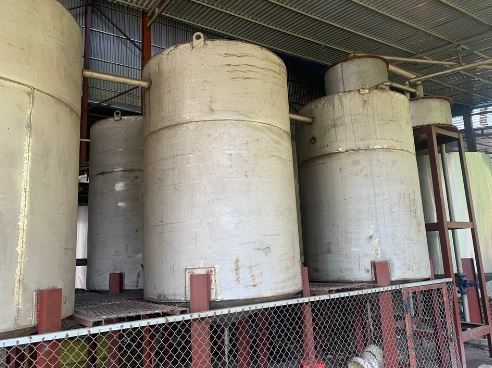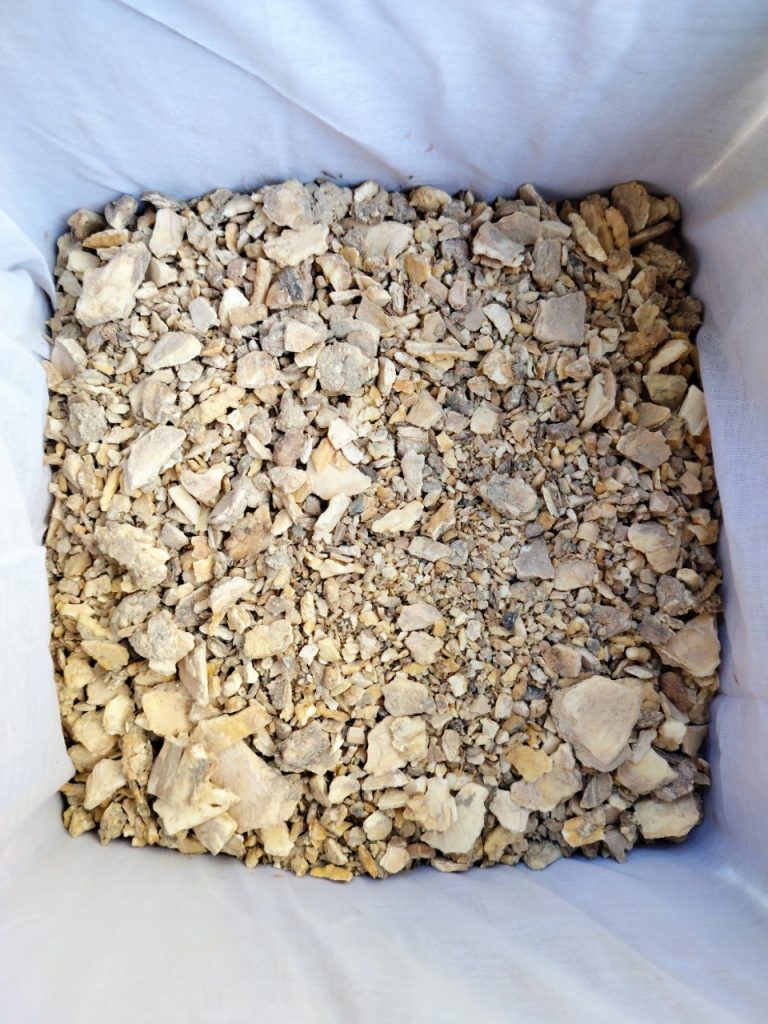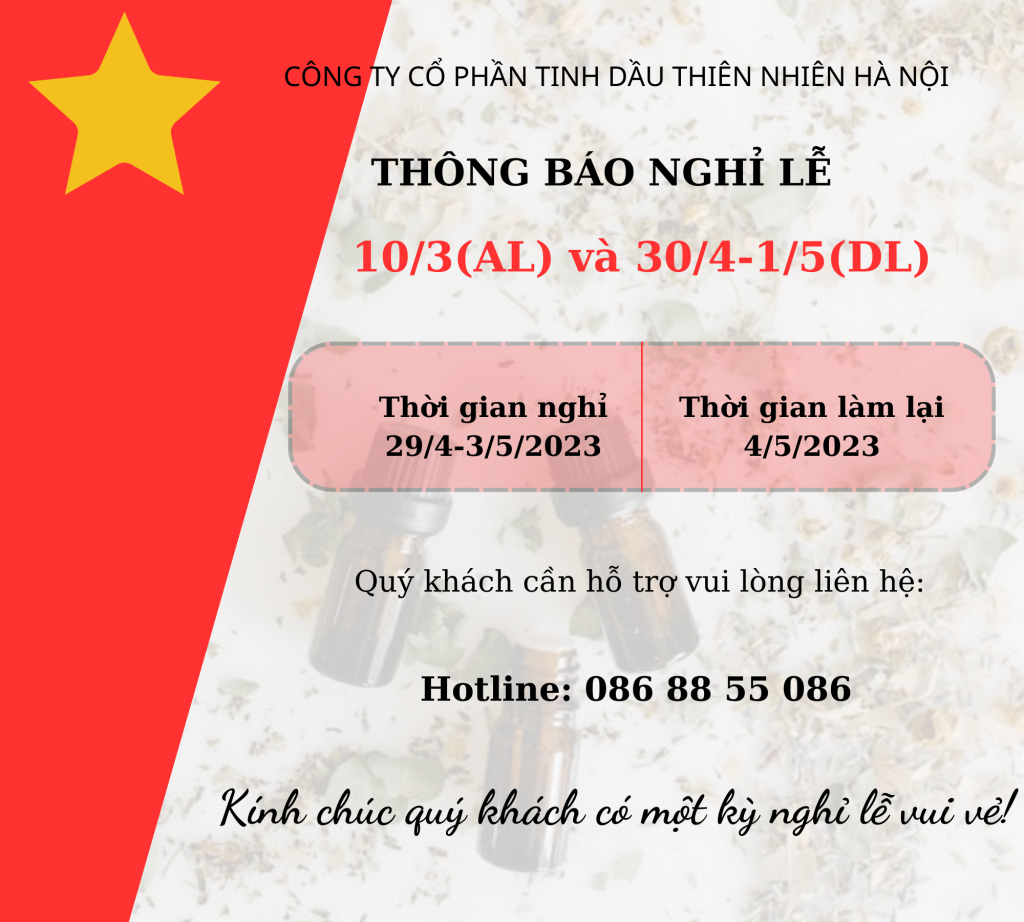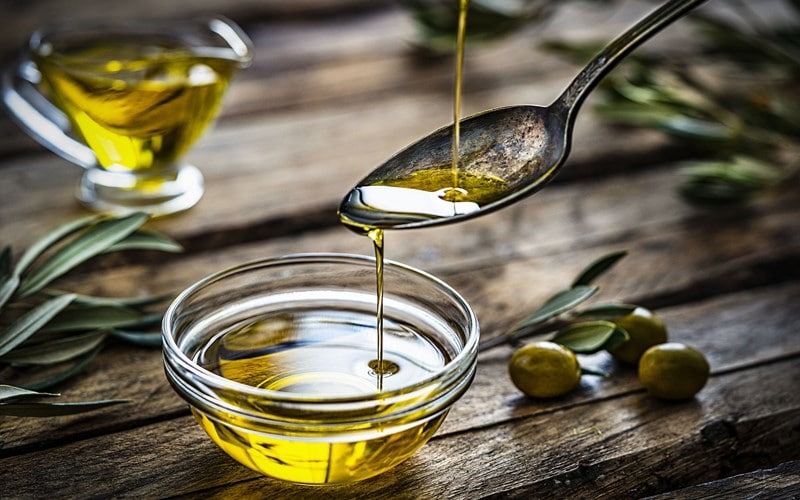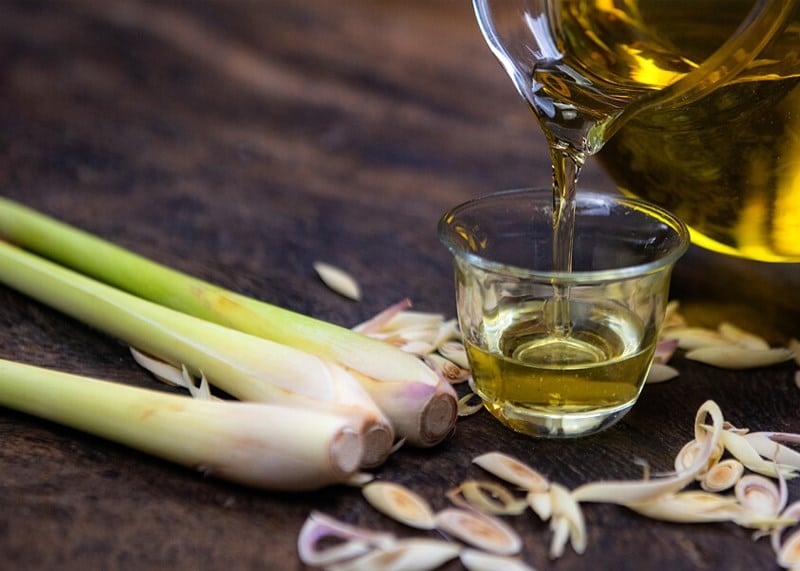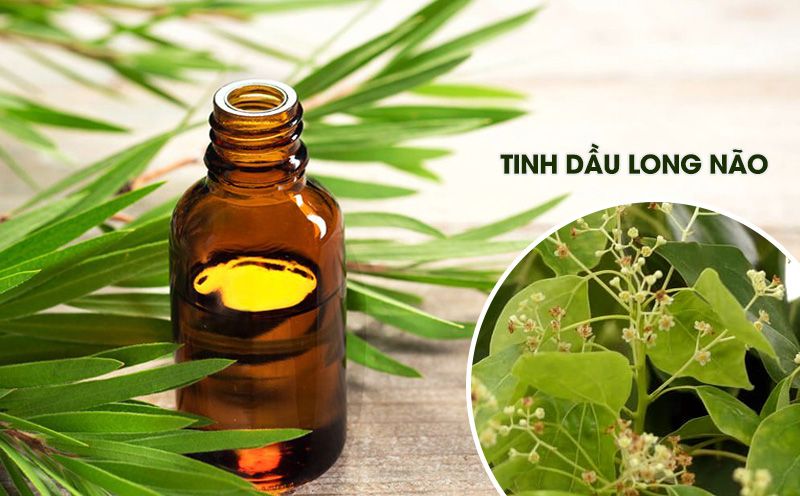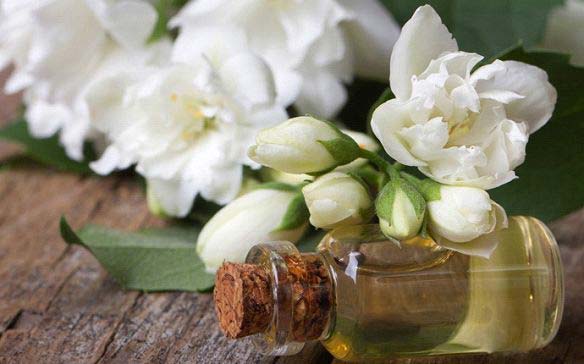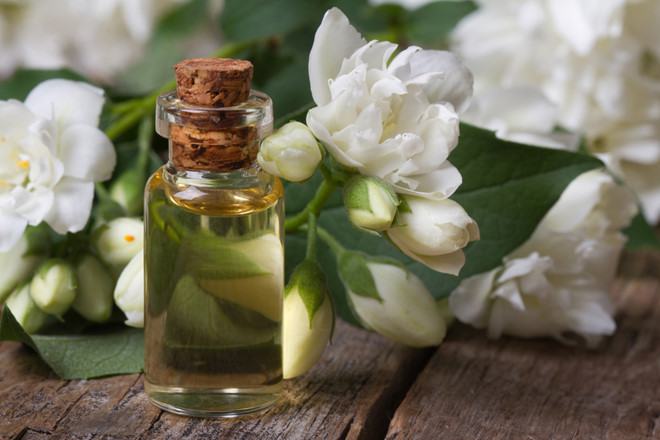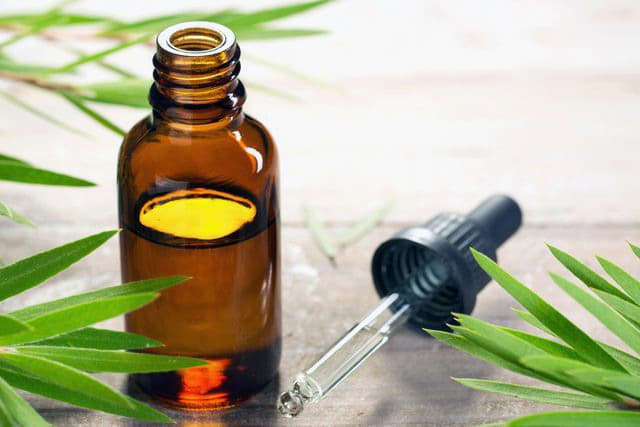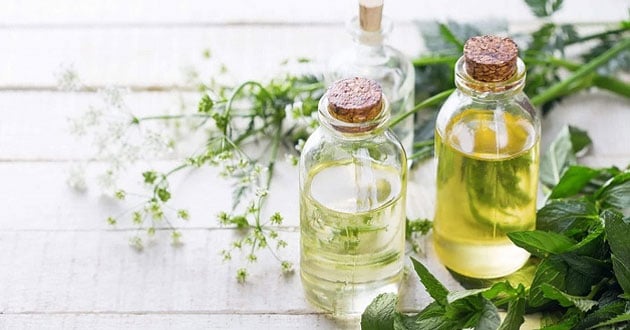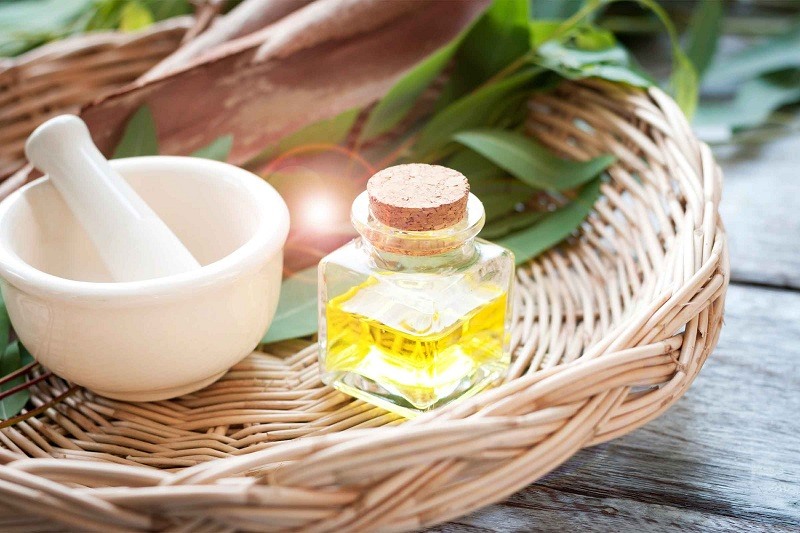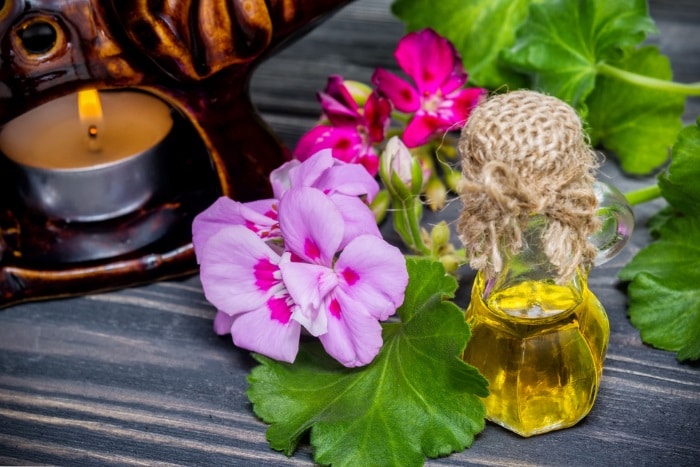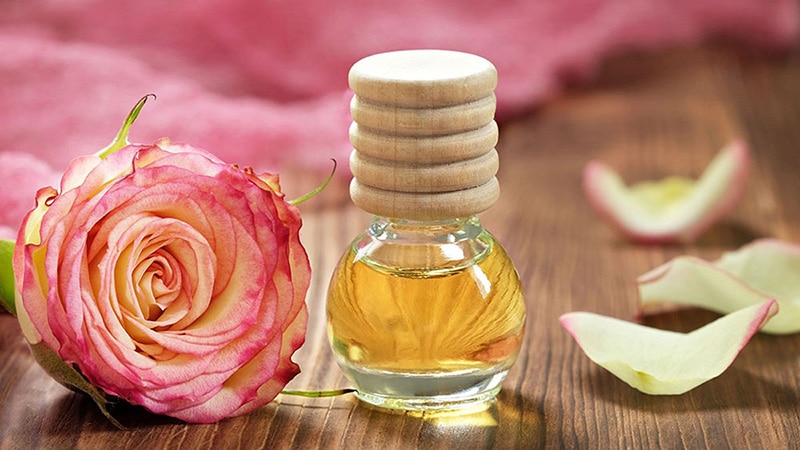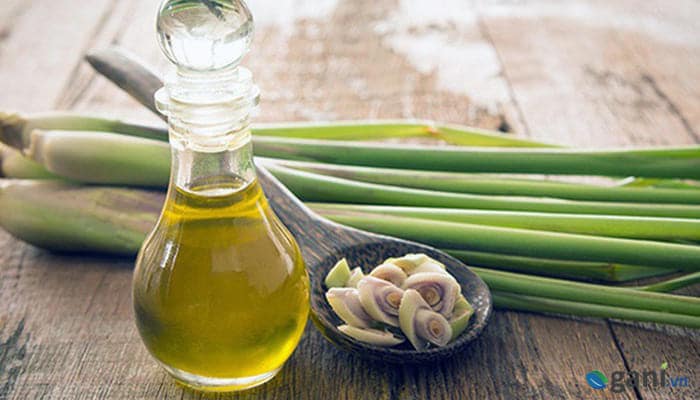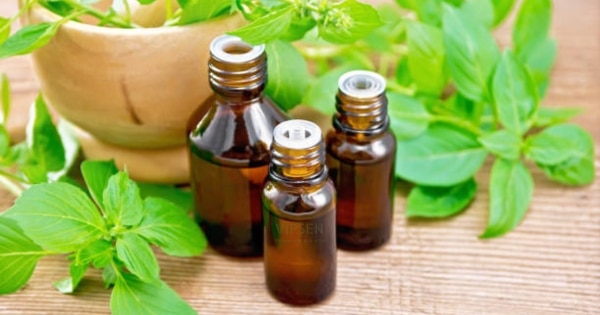1. Vietnamese cajeput tree
1.1 Characteristics of Vietnamese cajeput tree
Vietnamese Cajeput tree has the scientific name of Melaleuca cajuputi Powell or Melaleuca quinquenervia. This is a woody plant belonging to the Melaleuca genus Myrtaceae. It is commonly grown in Southeast Asia, Australia, New Guinea and Torres Strait Islands. The bark is silver, the flowers are white, and the leaves are green.
Cajeput tree has a trunk up to 35m high. The tree bark is gray, brown or white with many layers. Initially, the bark is smooth and shiny, but as it gets older, the bark becomes harder and forms many rough layers.
The leaves of the Cajeput tree are arranged alternately. Leaves are about 40-140mm long, 7.5 to 60mm wide. The leaf shape gradually tapers at both ends. Melaleuca trees bloom from November to March of the following year. The fruits are round in shape and grow along tree branches and are 1.9 – 2.6 mm in diameter. After 2 years of age, the fruit begins to dry and open to disperse seeds.
Cajeput has a high natural regeneration ability and there are two main forms of regeneration: seed regeneration and shoot regeneration through the base or roots of the mother tree. It can distribute and grow on acidic, nutrient-poor soils but cannot grow on wetlands. Leaves harvested after 2 years of planting, harvested 3 times a year, if well cared for, can be harvested 4 times/year, with an average yield of 9-12 tons/ha/year.
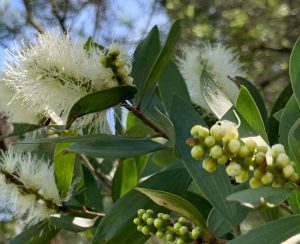
Cajeput tree
1.2 Cajeput tree growing areas in Vietnam
Cajeput has a wide distribution range from the North to the Mekong Delta provinces
In Vietnam, Cajeput trees grow naturally in many hilly areas in the North such as Vinh Phuc, Bac Giang and are widely grown in the Central and Southern regions such as Quang Binh, Thua Thien Hue, Da Nang, Ha Tinh, Long An, Dong Thap, Hau Giang… The main purpose is to green the land and distill essential oils.
2. Vietnamese Cajeput essential oil
Cajeput essential oil is an essential oil extracted from the leaves, stems and branches. The leaves are the main ingredient with an essential oil content of 2-2.5%.
CAS: 8014 – 68 – 4
Color: Colorless, bright yellow to bright green. The characteristic aroma and spicy taste of Melaleuca leaves
Density at 20oC: 0.900 – 0.925
Refractive index at 20oC: 1.466 – 1.472
Optical Rotation at 20oC: -3 to -1
2.1 Composition of Cajeput essential oil
The main constituent in Cajeput essential oil are Cineol (Eucalyptol) and α-Terpineol with the following ratio:
- Cineol: 50 – 60 %
- α-Terpineol: 5.9 – 12.5 %
- Limonene: 4.5 – 8.9 %
- Beta-caryophyllene: 3.8 – 7.6%
Cineol (also known as Eucalyptol) is an organic compound with the molecular formula C10H18O. Cineol essence is a bicyclic monoterpenoid ether. When isolated, Cineol is a colorless liquid with a fresh mint-like odor and a spicy, cool taste. The essence is insoluble in water, but can be mixed with organic solvents.
Cineol essence (eucalyptol) is a compound with strong anti-inflammatory and antioxidant properties. Thanks to its cool scent, Cineol is an ingredient in many brands of mouthwash and cough suppressants. It controls mucus in respiratory system and asthma through inhibition of anti-inflammatory cytokines.
2.2 Distillation method.
Distillation ingredients: cajeput leaves. The leaves used to distill essential oils need to be harvested in the middle of the morning when the sun is not yet strong and the leaves are photosynthesizing strongly for high essential oil content. Melaleuca leaves can then be dried in the shade or gently dried until dry or fresh leaves can be used to produce essential oils.
The main method for producing cajuput essential oil is steam distillation
3. Uses of cajuput essential oil.
3.1 Wound treatment
Cajeput essential oil has natural antibacterial and antifungal properties that help fight many infections and heal wounds quickly. In particular, cajeput essential oil is not only suitable for adults but can also be used well and is suitable for children’s skin.
Besides, essential oils also help reduce pain and quickly dissolve bruises on the skin.
3.2 Treatment of coughs and colds
In Vietnam, the top use of cajeput essential oil is to help warm the body and treat colds in winter. Can especially be used for both adults and children. Thanks to the active ingredient Cineol (Eucalyptol), when used properly, Cajeput essential oil helps clear nasal passages, reduce phlegm, and is good for the respiratory system. Around the world, the ingredient cineol is widely used in the production of cough medicine, mouthwash…
3.3 Repel insects
Cajeput essential oil when applied to the skin helps repel insects from approaching, especially useful when diffusing fragrance in the room. Especially for mosquito bites and insect bites, cajuput essential oil helps reduce itching and does not leave red bumps on the skin.
3.4 Diffusing aroma
Thanks to its antibacterial, antifungal, and antioxidant properties, Cajeput essential oil when diffused helps purify the air, repel odors, repel insects, and ventilate the house.
The aroma of Cajeput essential oil helps the body feel refreshed, relaxed, reduces stress, and treats depression. It is also widely used in aromatherapy or massage.
3.5 Reduce aches and pains in bones and joints
Massage with cajuput essential oil along with carrier oils such as coconut oil, olive oil… helps relax muscles, reduce pain and fatigue caused by labor or long-term activities.
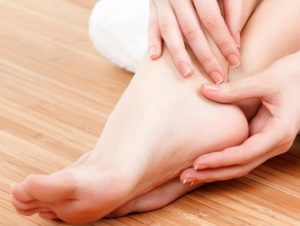
Cajeput essential oil reduces bone and joint pain
4. Cajeput essential oil produced at VIPSEN
VIPSEN is one of the leading researchers and producers of natural essential oils in Vietnam. Essential oil products are produced using advanced methods, achieving high quality with 100% natural ingredients, without additives or mixtures.
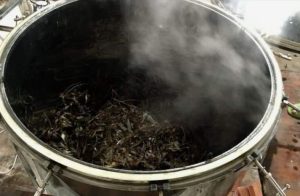
Cajeput essential oil extraction
Cajeput essential oil products are produced by VIPSEN from selected raw materials, from famous raw material growing areas in Vietnam, that is Quang Binh province. Production process from planting and harvesting raw materials Production and preservation of finished products are always closely monitored by a team of experienced experts and technicians. VIPSEN’s cajeput essential oil products are not only popular in Vietnam but are also exported to many countries around the world.
For more information, please contact:
Phone/Whatsapp/Zalo/Wechat/Kakao Talk/Line/Skype/Viber: +84 868 855 086
Email: Tony@Vipsen.vn
Address: D7-TT9, Forosa Street, Xuan Phuong New Urban Area, Xuan Phuong, Nam Tu Liem, Hanoi
Address of essential oil factory: Bai Dai, Tien Xuan, Thach That, Hanoi, Vietnam
Address of ginger and star anise factory: Thu Do, An Tuong, Vinh Tuong, Vinh Phuc, Vietnam








